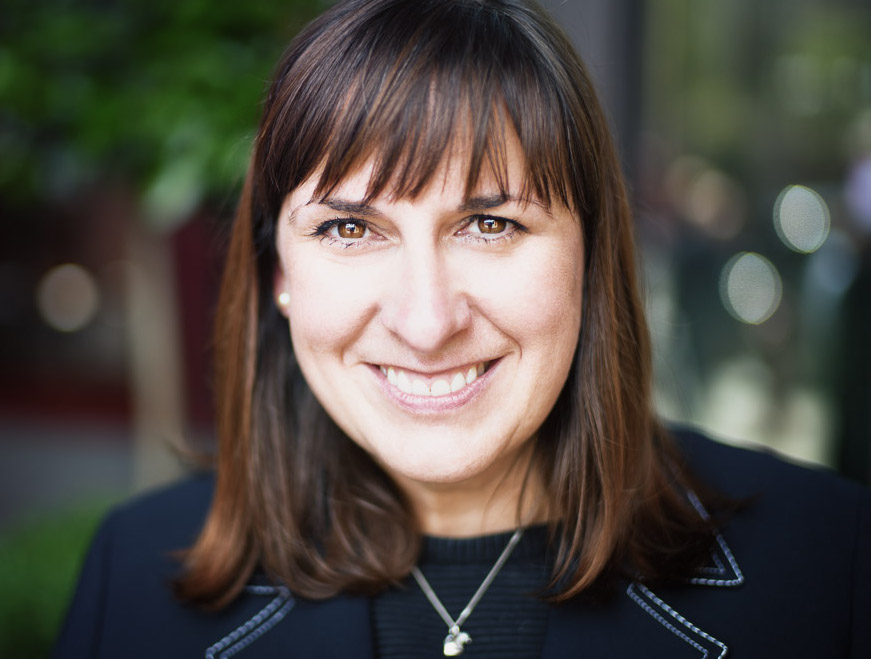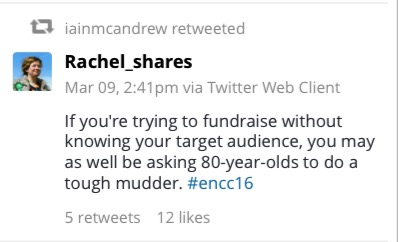- Home
- About Us
- The Team / Contact Us
- Books and Resources
- Privacy Policy
- Nonprofit Employer of Choice Award

 Hopefully not, but if you don’t understand your target audience you could easily make an inappropriate ask like this!
Hopefully not, but if you don’t understand your target audience you could easily make an inappropriate ask like this!
The more you know your audience, the more likely you are to understand their needs, and the greater your ability to produce fundraising products and services that will appeal to them.
Developing anything without understanding your target audience runs a high risk of failure. By doing so, you are guessing what someone would like purely based on your assumptions about them or what you like, which – given you are not likely to be your target audience – is a hugely erroneous shortcut that is likely to lead to failure.
As Rachel Collinson eloquently pointed out at a recent Engaging Networks conference, “If you’re trying to fundraise without knowing your target audience, you may as well be asking 80-year-olds to do a Tough Mudder!”
Getting to know your audiences should be a core part of every single piece of fundraising you ever undertake. And it doesn’t have to be a big or expensive process. Here are some simple ways for you to gain valuable insights from your supporters:
Surveys: ask people for their views and opinions in a survey, or a poll. It’s simple to set up an online survey and email it to your supporters at minimal cost. You could also use social media channels like Facebook to ask people what they think of issues and campaigns and how they would like to get involved.
Read more about constructing surveys in my blog here.
Have focus groups to find out peoples’ views and attitudes on a particular topic, product or service. Often focus groups are useful to confirm ideas you already have rather than uncovering new insights. This is because what people say in a focus group is often different to what they actually do, think and feel. In addition people may not understand the potential of the idea you are developing especially if something is entirely new. As Henry Ford once said, “If you ask people what they want they ask for a faster horse.”
‘Faster horse syndrome’ is why many organizations are turning to ethnography – the systematic study of people and cultures to gain customer and supporter insight.
Developed from the discipline of anthropology, ethnography is a study where researchers spend quality time with a group over sustained periods of time to observe and learn from their behaviours in a ‘natural’ habitat. Netnography has also more recently looked at peoples’ natural online behaviours.
7 quick and simple tips to better understand your fundraising audience
Insight is a team sport, make it part of every fundraisers role.
Lucy Gower is a trainer and coach specialising in innovation. She led the first innovation team at UK children’s charity NSPCC and it was there that Lucy realized that you can have the best ideas, processes and technology, but if you don’t have the right people working together then even the best ideas will fail. Since leaving the NSPCC in 2012 Lucy has worked with over 50 organisations including Amnesty, Cystic Fibrosis Trust, Nesta, The Children’s Society and Greenpeace.
Lucy is also author of The Innovation Workout, a blogger and conference speaker, and is often seen on Twitter @lucyinnovation